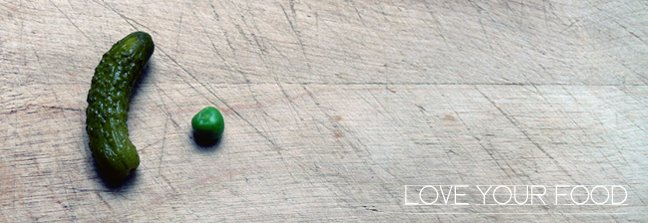
The convergence of several factors inspired Saturday’s food preparation. It was a rainy day, and nothing suits a grey day better than a bowl of soup. Also, I had over half a neglected roast chicken in the fridge that I had to use or lose. I ended up making two chicken soups from what I had on hand and used the bones to make another batch of chicken stock.
When making soups with leftover roast chicken, I tend to use water rather than chicken stock. The cooked chicken has enough juices from the roasting process to flavour and thicken the soup as a stock would, so I save my stock for vegetable soups. As with any meat, chicken needs to be simmered in liquid for at least 25 minutes before it will soften and fall apart. If it is not cooked long enough, it will be tough and chewy.
These are both hearty, meal-in-a-bowl soups.
CHICKEN SOUP WITH WHITE BEANS, TOMATO AND SWISS CHARD
Serves 3-4
1 Tbsp light olive oilIn a medium-sized pot, heat the oil and garlic over medium heat. When you can smell the garlic cooking, add the beans and stir for one minute. Add the tomato, chicken, water and herbs. Bring to a boil, then reduce the heat and put the lid on the pot, allowing the soup to simmer for 25-30 minutes, or until the chicken is tender.
1 large clove garlic, peeled and smashed
1 14-oz can white kidney beans, drained and rinsed
1 large tomato, chopped
1 1/2 cups cooked chicken, chopped
1 L water
1 Tbsp chopped fresh herbs or 1 tsp dried (e.g. rosemary, thyme, parsley)
4-5 leaves swiss chard, chopped
salt & pepper
extra virgin olive oil
Once the chicken is tender, add the chard. If the soup looks too thick, add some hot water. Replace the lid and allow to cook another two minutes. Season with salt and pepper. Remove from heat and finish with several tablespoons of extra virgin olive oil.
CHICKEN SOUP WITH RICE

This recipe is my version of the soup Carole King sings of in her song of the same name. I have her voice in my head whenever I make this: “Cooking once, cooking twice, / Cooking chicken soup with rice.” Her song doesn’t contain a recipe per se, and I add lemon and parsley for simple, essential flavour.
1 Tbsp light olive oilIn a medium-sized pot, heat the oil over medium heat. Add the celery and carrots, and cook for five minutes. Do not brown. When the vegetables are beginning to soften, add the rice, stirring to coat with oil. Cook another minute until you can smell the rice beginning to toast.
1 celery stalk, diced
1 large carrot, diced
1/3 c white rice
1 1/2 cups cooked chicken, chopped
1 L water
1 Tbsp chopped fresh parsley
juice of 1/2 lemon
salt & pepper
Add the water and chicken and increase the heat to bring mixture to a boil. Once boiling, reduce the heat and simmer 20-25 minutes. Check the soup periodically to ensure that the expanded rice has not used all of the liquid, adding more hot water if necessary.
Once the chicken is tender and the rice is cooked, add the parsley, lemon juice and season to taste.
CHICKEN STOCK
Makes about 1.5 L
In a 3 L soup pot, place the bones of one roast chicken, removing any items left inside the cavity (such as whole lemon or bread stuffing). Add half a peeled onion, one peeled carrot and one celery stalk. Fill to the 2.5 L mark with water. Bring stock to a boil slowly over medium heat, then reduce the heat to low. Allow the stock to simmer all day or overnight. Check the liquid periodically to ensure the heat is not too high and evaporating the water too quickly. There will be some evaporation, but not much. After 8 hours or so, strain the liquid into a large bowl, cover with plastic wrap and place in the fridge. Remove any fat that collects at the surface. Divide into containers or freezer bags and freeze up to one year.
NOTE: Prolong the shelf life of stock left in the fridge by bringing to a boil for several minutes. This will kill off any bacteria and allow the stock to be returned to the fridge to remain available for use for another 5-6 days.









